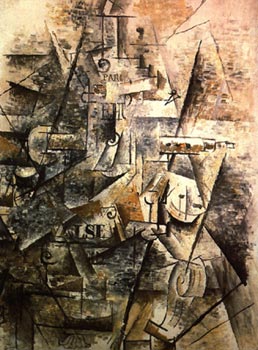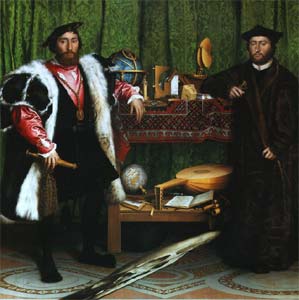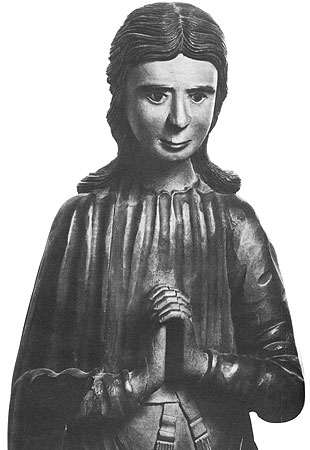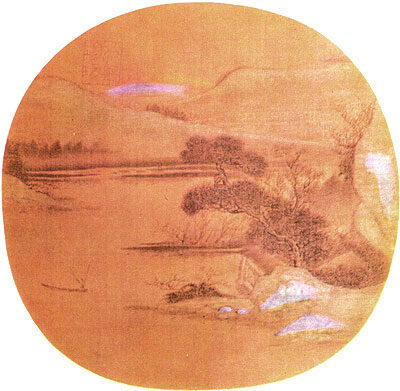by the way
Modernism
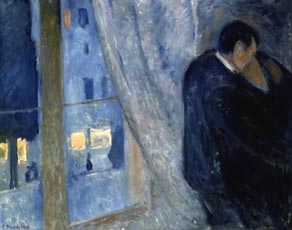 Modernism (from the French moderne modern), the general name of the directions of art and literature of the late 19th and 20th centuries. In a broad sense, it embraces cubism, dadaism, surrealism, futurism, expressionism, abstract art, functionalism, etc. New artistic trends usually expressed themselves as art in the highest degree “modern”, hence the name itself.
Modernism (from the French moderne modern), the general name of the directions of art and literature of the late 19th and 20th centuries. In a broad sense, it embraces cubism, dadaism, surrealism, futurism, expressionism, abstract art, functionalism, etc. New artistic trends usually expressed themselves as art in the highest degree “modern”, hence the name itself.
At the end of the 19th century, artists, especially impressionists (impressionism), began to organize their own exhibitions, traders began to play an increasing role in popularizing their art. Continue reading
Impressionism
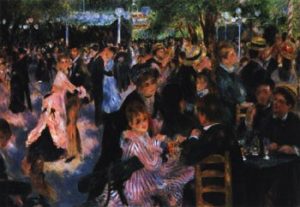 Renoir Pierre Auguste. The Ball in Moulin de la Galette Impressionism (Fr. Impressionisme, from impression – impression) is the artistic style in the art of the last third of the XIX – early XX centuries, which had a great influence on all subsequent art. Impressionism is a purely French phenomenon, although English landscape painters J. Constable and W. Turner are considered its predecessors. Continue reading
Renoir Pierre Auguste. The Ball in Moulin de la Galette Impressionism (Fr. Impressionisme, from impression – impression) is the artistic style in the art of the last third of the XIX – early XX centuries, which had a great influence on all subsequent art. Impressionism is a purely French phenomenon, although English landscape painters J. Constable and W. Turner are considered its predecessors. Continue reading
Fritz Kremer: “I had the good fortune to create many monuments that stand on the street”
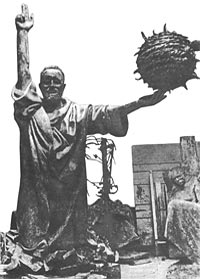 The essence of Kremer’s creative tasks is to appeal to the masses. “I feel it my duty,” says the artist, “to speak about the events that I experienced as a participant or a witness.” The path of Fritz Kremer more than once led him to the brink, the transition of which required to risk his life. His art speaks of the most tragic and sorrowful moments in the history of the 20th century courageously, simply and frankly. The artist does not lose faith in the light of human power and does not allow falsehood and emotion. Continue reading
The essence of Kremer’s creative tasks is to appeal to the masses. “I feel it my duty,” says the artist, “to speak about the events that I experienced as a participant or a witness.” The path of Fritz Kremer more than once led him to the brink, the transition of which required to risk his life. His art speaks of the most tragic and sorrowful moments in the history of the 20th century courageously, simply and frankly. The artist does not lose faith in the light of human power and does not allow falsehood and emotion. Continue reading
